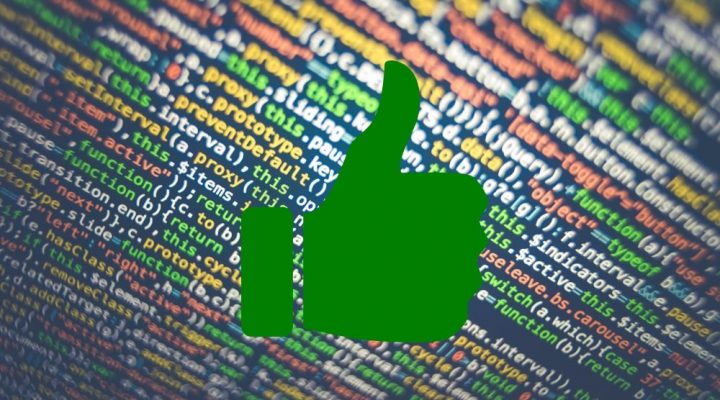
Tech for good projects are the same as digital service design projects. They aren't digital fundraising, capacity building, comms or strategy.
Let’s first answer this by eliminating what isn’t a Tech for Good project.
It’s not Digital Fundraising
Using digital platforms like Crowdfunder or Just Giving, or building a fundraising campaign around social media is not a Tech for Good project. It’s simply digital fundraising.
It’s not Digital Comms
Nowadays most charities need a decent online presence. That means at the minimum a simple website and Twitter or Facebook presence. If they don’t they find it harder to connect with their communities. Digital communications help people find out about a charity and enquire about their services, but rarely do they deliver direct benefit to the user.
It’s not having a Digital Strategy
A digital strategy describes a charity’s online aims and how they relate to their core mission. This can include how it uses its website, social media presence and digital fundraising campaigns. But these activities deliver little direct benefit to users. They aren’t user-facing; their main audience is fellow workers and the general public.
It’s not building Digital Capacity
It’s been well reported how charities need to improve their digital literacy. This is important and worth funding. But literacy relates to internal people and processes. Projects that increase literacy or introduce more efficient case management systems will improve services and create knock on benefits for users, but they aren’t focused on user needs.
What it is: Digital services and products
It’s pretty simple. Charity Tech for Good projects all directly deliver digital services that improve people’s lives. Let’s use some examples.
- Building a product to deliver a new service. seAp did this very effectively when they created C-App, a support app to help people with their disability benefit application.
- Taking an existing human-powered service online, either in part or in whole. Alexandra Rose did this when they digitised their their food voucher scheme for people on low incomes.
- Developing digital hardware that helps your users, like Bristol Braille did with their multiline Braille e-reader – a Kindle for blind people.
Tech for Good Projects operate differently
They don’t behave like traditional projects, or even the digital ones we described earlier.
A Tech for Good project will quite likely involve:
- A focus on the problem, not the solution – putting our ideas to one side and diving deeper into the problem through...
- More user research – researching user needs by getting under the skin of their expressed wants and understanding their behaviour, so you can do…
- User-led agile development – developing in response to user’s actions rather than articulated desires, using…
- Iterative, ‘test and learn’ design methods – taking small steps and learning as you go, which leads to…
- Evolving, fluidly defined outputs – that require team and funders to be flexible in their expectations and definitions of project success. It’s easier to be flexible when you’re…
- Being open – sharing learning (and often code) so others can build on your work, and you can build on theirs.
Next time you apply for funding
Have a look through the lists above. Consider the Explore programme. Define your project accurately. This will give your funder confidence in your aims, objectives, and the methods you propose to achieve them.
And before you apply to anyone check out CAST’s Digital Service Principles for the Charity Sector.
This article originally appeared on the Tech for Good Hub.

Support & services
Our free services help you make the right decisions and find the right support to make digital happen.
Learn what other non-profits are doing
39+ organisations share 50+ Guides to how they use digital tools to run their services. Visit Shared Digital Guides.



